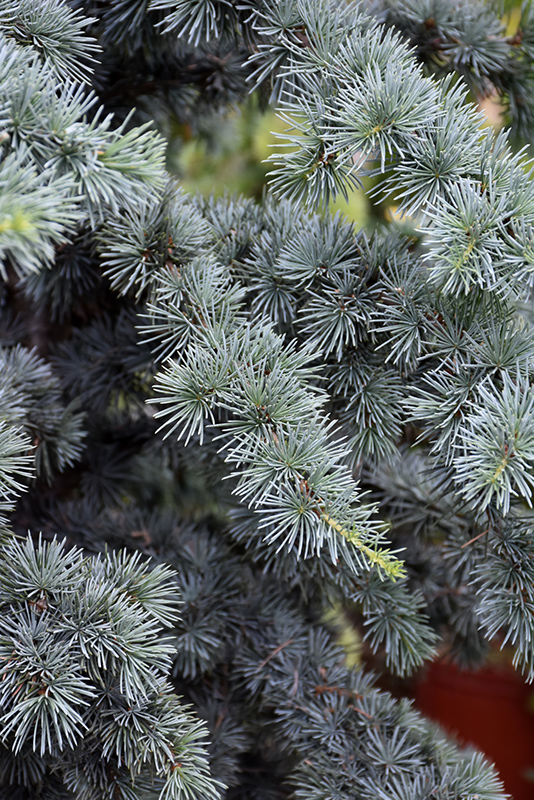Fastigiate Atlas Cedar
Cedrus atlantica 'Fastigiata'
Height: 30 feet
Spread: 10 feet
Sunlight:
![]()
Hardiness Zone: 5b
Other Names: Columnar Blue Atlas Cedar
Brand: Iseli Nursery
Description:
One of the most valuable landscape trees for its unique beauty, with a narrow, columnar habit and silvery-blue needles; an excellent accent choice for smaller landscapes
Ornamental Features
Fastigiate Atlas Cedar is primarily valued in the landscape for its rigidly columnar form. It has attractive silvery blue evergreen foliage. The needles are highly ornamental and remain silvery blue throughout the winter.
Landscape Attributes
Fastigiate Atlas Cedar is an open evergreen tree with a strong central leader and a narrowly upright and columnar growth habit. Its average texture blends into the landscape, but can be balanced by one or two finer or coarser trees or shrubs for an effective composition.
This is a relatively low maintenance tree, and usually looks its best without pruning, although it will tolerate pruning. Deer don't particularly care for this plant and will usually leave it alone in favor of tastier treats. It has no significant negative characteristics.
Fastigiate Atlas Cedar is recommended for the following landscape applications;
- Accent
- Vertical Accent
Planting & Growing
Fastigiate Atlas Cedar will grow to be about 30 feet tall at maturity, with a spread of 10 feet. It has a low canopy with a typical clearance of 1 foot from the ground, and should not be planted underneath power lines. It grows at a slow rate, and under ideal conditions can be expected to live for 80 years or more.
This tree should only be grown in full sunlight. It is very adaptable to both dry and moist growing conditions, but will not tolerate any standing water. It may require supplemental watering during periods of drought or extended heat. It is not particular as to soil type or pH. It is somewhat tolerant of urban pollution, and will benefit from being planted in a relatively sheltered location. Consider applying a thick mulch around the root zone in winter to protect it in exposed locations or colder microclimates. This is a selected variety of a species not originally from North America.

